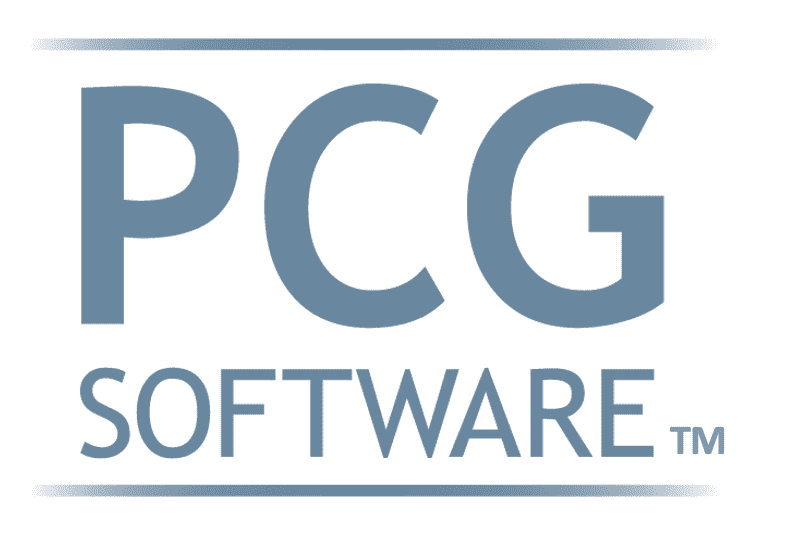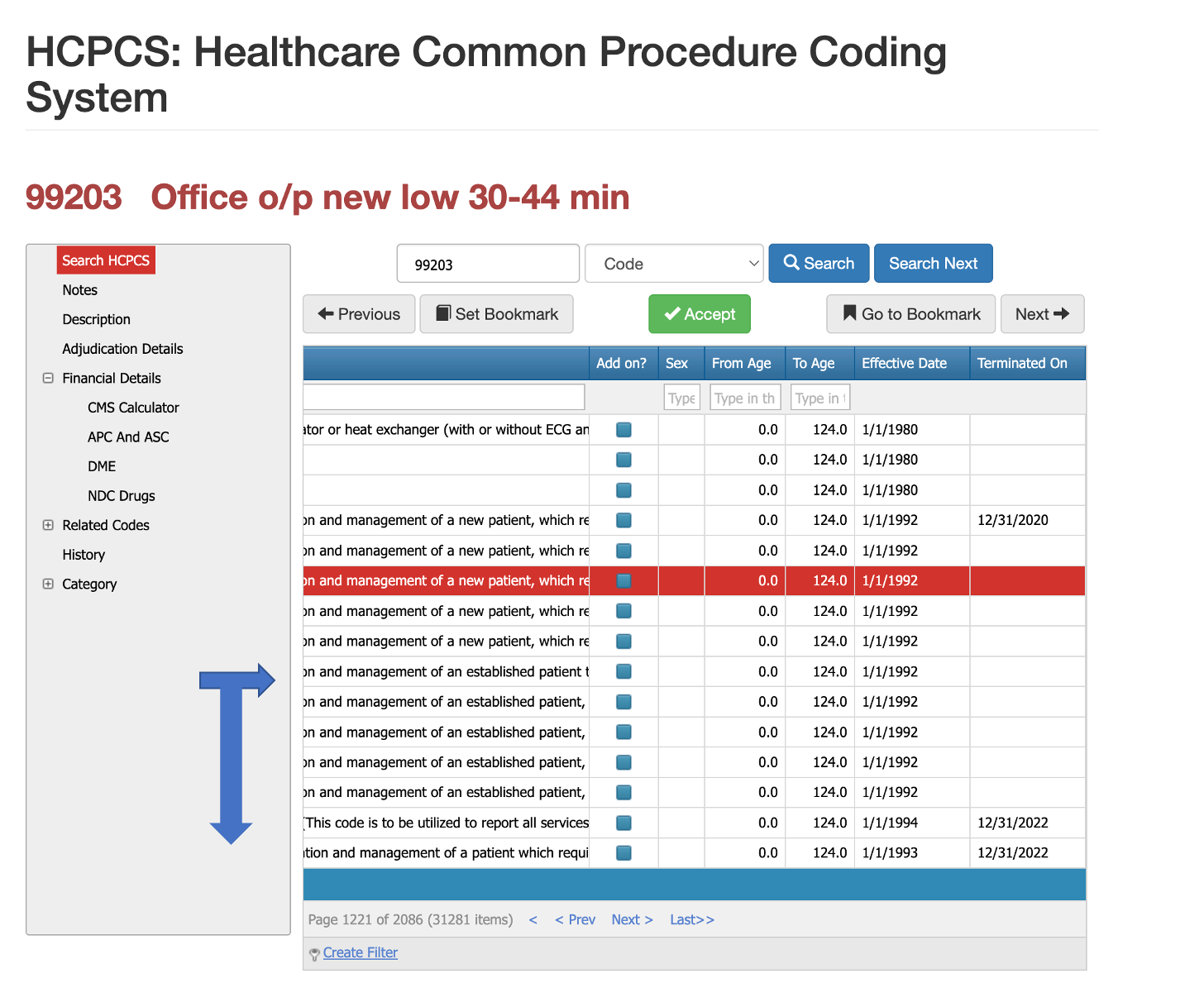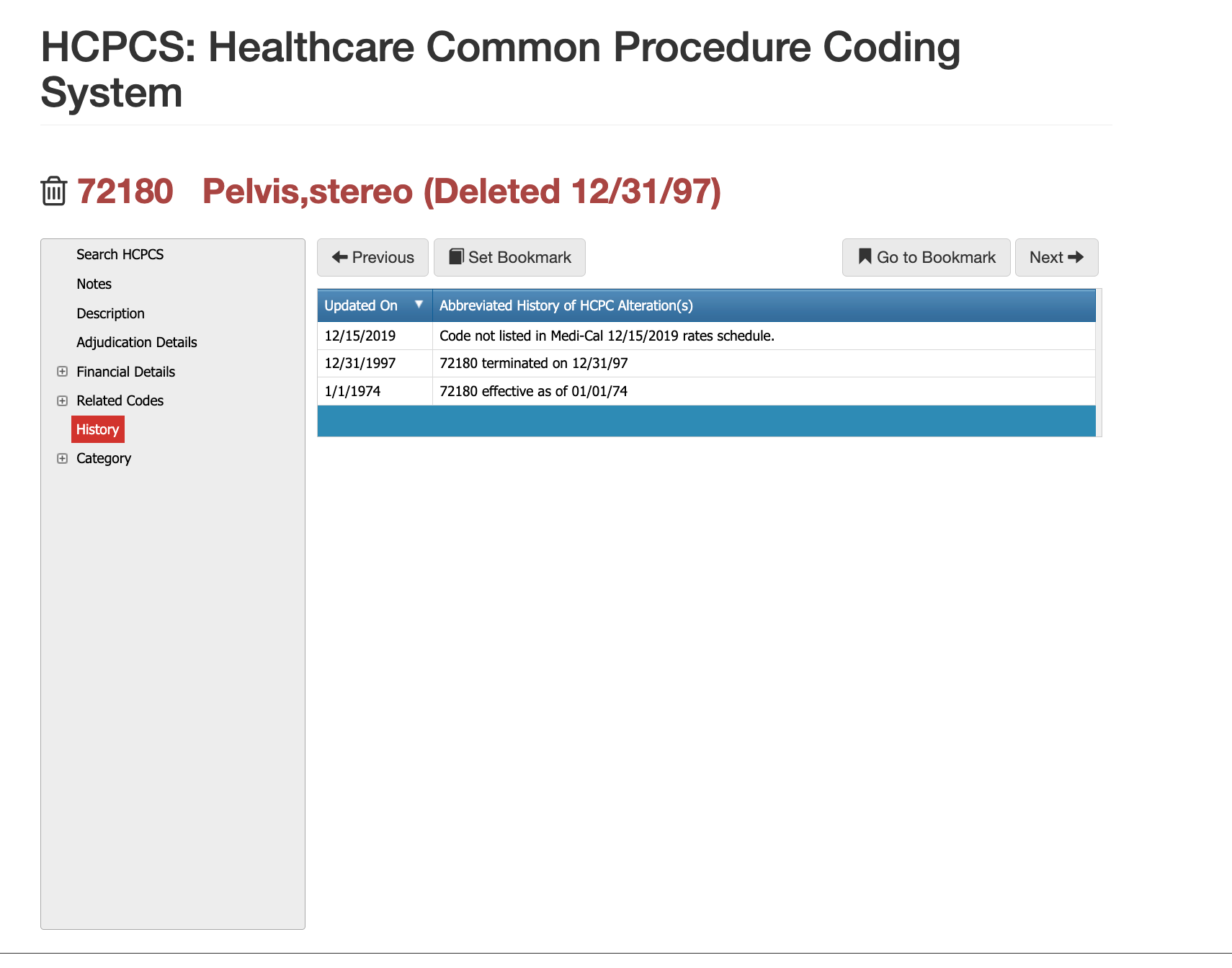CARC in Healthcare, RARC in Healthcare
PCG Software will explain the differences of CARC and RARC in claims adjudication and medical billing, plus examples and tips to consider as well as how AI can help navigate these waters with and for you.
CARC v. RARC with Examples
CARC Definition
The acronym CARC stands for Claim Adjustment Reason Code, and it's used in medical billing and claims adjudication. This code is key to understanding the process of adjusting healthcare claims based on an analysis of all the available data. The Claims Adjustment Reason Code helps healthcare providers, insurance companies, and patients understand why a claim was not approved or denied, and helps resolve any discrepancies that may arise.
RARC Definition:
The acronym RARC stands for Remittance Advice Remark Code, and it's used in medical billing and claims adjudication. In very simple terms, RARC is additional information that helps clarify the reason behind CARC codes and usually has a red-lettered alert attached to them.
CARC Explained
In the medical billing and claims adjudication process, CARC codes are assigned to a claim adjustment request by insurers or health care providers when it is submitted. The code will identify the type of adjustment being requested, such as an extra payment, a decrease in charges, or coverage deductions. The code also identifies the reason for the adjustment, such as an incorrect diagnosis or procedure code, duplicate billing, or a non-covered service. CARC codes are essential to understanding why a claim is denied or adjusted and what can be done to resolve it.
CARC codes are not as simple as a “denial”, and in many times it just helps you as a payer or provider understand why it’s initially denied such as in the case of an incorrect diagnosis code or place of service. By resubmitting the claim correctly the claim will likely be approved.
CARC codes are an important tool in medical billing and claim adjudication. They help providers, insurers, and patients understand why a claim was adjusted or denied, and provide information on how to resolve any discrepancies that may arise. By familiarizing yourself with the various CARC codes, you can better understand how to resolve issues and ensure that your claims are properly submitted and adjudicated.
Patient Examples of CARC
One example of the use of CARC (Claim Adjustment Reason Code) in healthcare billing is the reimbursement of out-of-pocket expenses. The CARC allows insurance companies to accurately reimburse patients for their out-of-pocket costs associated with medical bills, such as co-pays or deductibles. For instance, a patient may receive a CARC that indicates their co-payment was paid in full, or their deductible was applied.
RARC Examples
M31 is supplemental and describes a missing radiology report.
M20 is supplemental and describes missing, incomplete, or invalid HCPCS.
M17 is informational and explains you could not have known or likely not known ….
M27 is informational and explains waived charges and the patient has no financial liability due unreasonableness of services. The provider will likely have to eat the cost unless a specific payer contract exception has been applied.
How AI helps you with CARC and RARC
Missing Information Example: CARC 226
Let's say you get a CARC 226 for insufficient information. AI platforms like Virtual Examiner and VEWS from PCG Software can tell you not just the reason but the effective date. In finding the status of the CARC code and when it became effective you can look at whether the CARC code was applied correctly. When you go home at night, VE or VEWS or one of it's competitors will run a full claims review audit and give you the report of claims that need your attention. If during this review and auditing they do not look at the episode of care of the patient and possible 1, 2, 3 or more years of care, you as a payer could be paying for a service already rendered (duplicate billing), paying for a claim missing a required document, or a simple data entry error like the wrong gender and/or diagnosis was used. AI systems should updated by the AI Claims Software company on a regular basis.
Missing Information Example: CARC 227
Same as CARC 226 but this applies when the patient was not provided or incomplete patient information was submitted and requires reworking by the provider for a likely approval. The CARC will be followed with an RARC to give further explanations and guidance.
New Codes
New Codes apply to real-time requirements such as N505Alert, eligibility was not active during services N506Alert, and many more. AI driven softwares like VE and VEWS will go through your active codes, contracts, and scan your eligibility to ensure if a New Code Alert activates review or denail, that you know what to do and then you as a payer make the ultimate decision on next steps.
Conclusion
CARC and RARC codes are the backbone on finding WHY claims should be reviewed and possibly denied, or WHY they should be paid less or more than the regular amount that providers would expect. This also serves as an educational tool to help providers submit cleaner claims the first go around to avoid those pesky $25-$50 costs per each denial / appeal. An AI software like VE or VEWS can help both parties expedite claims and provide increased cost containment. If you are a payer or clinic needing help with CARC and RARC then please contact us to review our AI software solutions.
Our History and Credibility in Reporting this Information:
For over 30 years, PCG Software Inc. has been a leader in AI-powered medical coding solutions, helping Health Plans, MSOs, IPAs, TPAs, and Health Systems save millions annually by reducing costs, fraud, waste, abuse, and improving claims and compliance department efficiencies. Our innovative software solutions include Virtual Examiner® for Payers, VEWS™ for Payers and Billing Software integrations, and iVECoder® for clinics.


